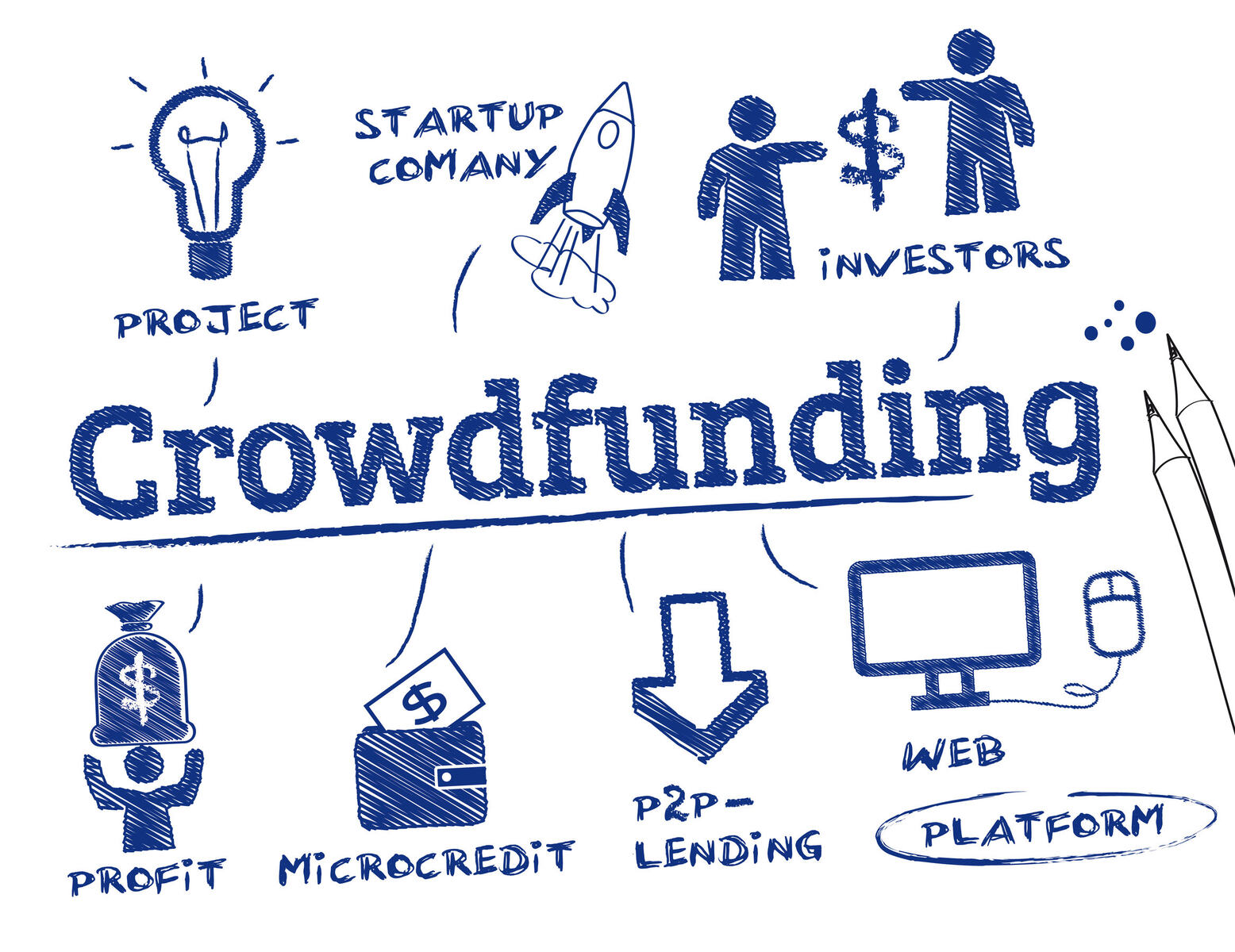Product innovation in the past has often focused on the majority, leaving many behind. This has created a cycle where a select few identify gaps in the market, develop products based on their interpretation of those gaps, and then add new features over time to cater to a predicted majority. However, this approach has left behind people who are unable to access digital products due to various reasons such as financial, geographic, mental, physical, or emotional limitations.
Key Takeaway
Building equitable products that cater to a diverse range of users not only allows for more people to use the products, but also drives greater business impact and helps to build brand trust.
Recent data reveals that 73% of Gen Zers make purchasing decisions or advocate for brands based on their beliefs and values. This indicates that companies are now being held to higher standards when it comes to creating products that work for everyone. To succeed in today’s market, companies must build for the margins and expand their reach to include a diverse range of users. This is the new pathway to accelerated and inclusive product innovation.
Building a Pathway to Product Equity
Organizations that intentionally create products for the full spectrum of human difference are building for equity. This means considering those who have been historically excluded from the product development process and improving the way products are built within the company and across the industry over time. Product equity teams partner, support, and educate others throughout the product development process, taking into account gender, race, age, ethnicity, ability, culture, and all other human variabilities.
Most companies have adopted inclusive design practices, uncovering who was historically included and who was left out of the product development process to ensure a diverse set of people have seats at the table. However, equity goes beyond inclusive design and considers all forms of human diversity and difference throughout the product design and development process.
Prioritizing Equity Across the Organization
To build equity into the development process, organizations need to make it a priority across every aspect of their products, services, and company culture. This helps product teams create real outcomes for people and elevates thinking and shared goals to prioritize equity at every level. Organizations should assess their goals and principles to determine if they are building equitable products and experiences. If not, they should restructure their principles to guide them in building more equitable processes.
For example, Adobe recently reevaluated their approach to accessibility by establishing new principles aligned with their core values. These principles are partnership, transparency, and innovation. Adobe formed the Adobe Accessibility Board, comprising diverse leaders who drive initiatives to better prepare Adobe for the future. This kind of prioritization of equity can serve as a model for other organizations.
Build Reciprocal, Co-Creative Community Relationships
Rather than relying solely on researchers and their interpretations of participant feedback, successful product teams introduce a co-creative process. They partner with communities and experts to leverage their lived experiences and gain a better understanding of participant goals, experiences, and challenges. Representation is vital in identifying opportunities that may have been missed before.
Reassess Success
Reassessing success is a conversation about power and the willingness to take risks for societal gain. Business cultures often prioritize short-term gains and market wins over long-term impact. However, by focusing on overlooked communities and building digital products with their involvement, organizations can benefit from increased brand trust, market penetration, new market segments, efficiency, and cost reduction.
Build for One, Expand to Many
Digital product teams typically focus on building products for people who have no problems accessing and using them. However, innovation lies on the margins, where skeptics and individuals with limitations reside. Building for the margins is essential for product innovation and equitable outcomes. By developing strategies that help the most marginalized individuals and working to understand their needs and limitations, product teams can achieve a universal goal while catering to specific social identities.
In conclusion, building product equity is crucial for the future of digital products. It requires organizations to prioritize equity, build reciprocal relationships with communities, reassess success metrics, and create products that cater to the full spectrum of human difference. By doing so, organizations can achieve greater equity, inclusivity, and innovation in the digital product landscape.

























